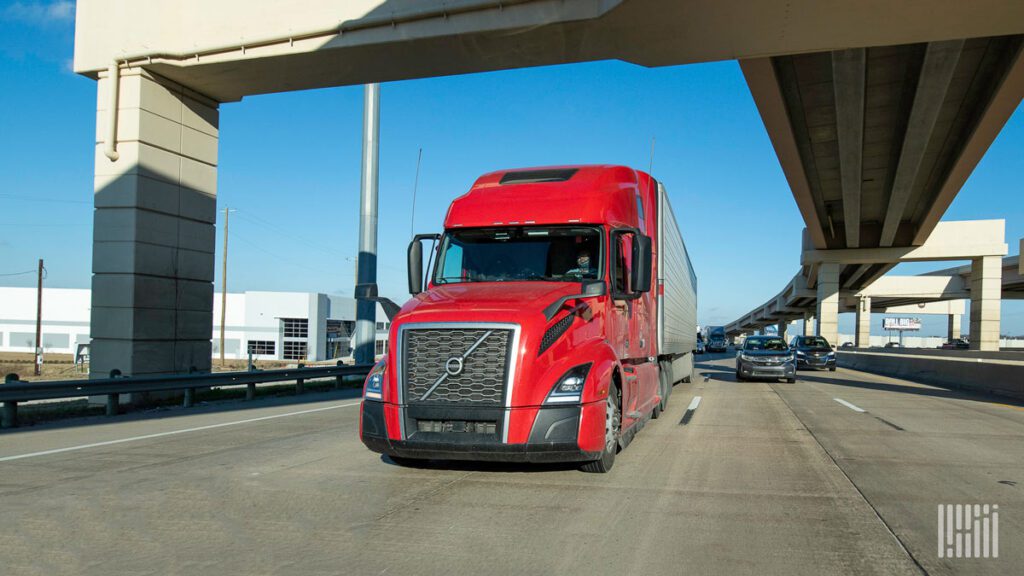July 21, 2022
Insurance FAQ: How Can I Get a Better Rate?

Rates are largely determined by factors within the control of the motor carrier
When it comes to shopping for an insurance policy, it’s natural to be curious about the bells and whistles. But what potential buyers really want to know is how much it’s going to cost.
Reliance Partners Director of Safety Robert Kaferle hears it all the time, “The question I always get is, ‘How do I get better rates?’”
And his response is always the same: “The question shouldn’t be, ‘When are my rates going to go down?’ Rather, the question should be, ‘What do I have to do as a carrier to bring our rates down?’”
Kaferle tells clients that rates are, for the most part, determined by factors that trucking companies have direct control over. Your accident history, safety program, hiring process, telematics and camera usage, and even where you operate will be meticulously reviewed.
He reminds clients that rates are a reflection of risk: The riskier a carrier is, the higher the rate will be. It’s that simple.
But underwriters aren’t subjective in their risk assessment. One look at your Safety Measurement System (SMS) score is practically all an insurance provider needs to get an idea of your risk.
SMS analyzes motor carrier safety performance in seven Behavior Analysis and Safety Improvement Categories (BASICs): unsafe driving, hours-of-service compliance, driver fitness, controlled substances/alcohol, vehicle maintenance, hazardous materials compliance and crash indicator. Using the past 24 months of performance data, SMS factors the time (recent accidents result in higher scores) and severity-weighted violations/crashes to make a fair comparison between carriers with different levels of activity.
You don’t want a high score.
“So if a carrier has bad SMS scores, it’s very likely that an underwriter won’t even quote because they don’t want to waste their time on a business if there is a less risky carrier to quote,” Kaferle said.
When carriers ask Kaferle how they can lower their insurance rate, he says to start by lowering their risk.
After all, of the four big costs that trucking companies incur — equipment, payroll, fuel and insurance — carriers have the most power to rein in insurance expenses.
“If you can lower your insurance rate, well that takes care of at least one of your large expenses,” Kaferle suggested.
Kaferle encourages all motor carriers and owner-operators who are interested in improving their safety ratings and lowering their risk to speak with Reliance Partners.
Reliance Partners’ team of trucking insurance and risk management experts work alongside companies to help establish and accomplish a safety-oriented culture.
“We go one step further by evaluating the carrier, not just on their scores alone, but on their violation performance over the last 24 months to see if there’s a decline in violations that may not be reflected yet in their scores,” Kaferle said.
“So when we go to the insurance market and say, ‘Yeah, this carrier has bad scores, but these are the changes that we’ve made with this carrier and these are the results that we’re seeing,’” Kaferle said. “That shows a lower risk and gives the underwriter the ability to evaluate risk off of something other than just scores.”